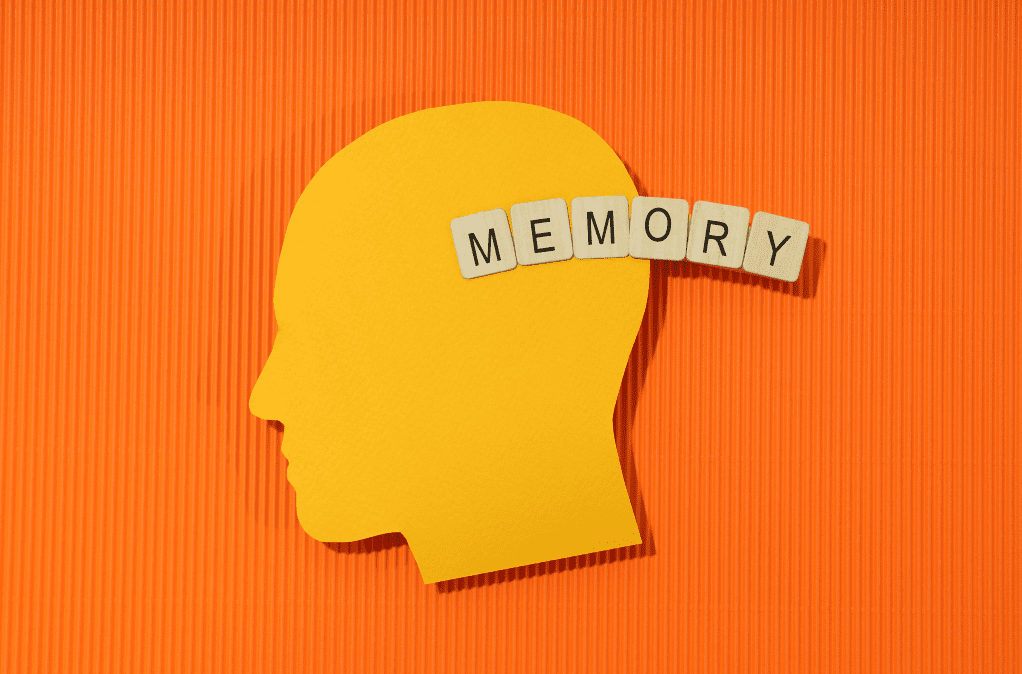The drive for better mental performance, to be able to learn better, to enhance memory, and to increase cognition, is a human quality. For a long time, we have searched to find supplements for the brain which were available and easily found in nature, such as caffeine, which was discovered centuries ago. Now, with scientific innovation, we have entered a new era of discovery and development of psychoactive compounds, especially in the field of nootropics and nootropic supplements.
This new path to boost our brains to greater capacities is led by nootropics, the first line of enhancers of cognitive activities such as memory, creativity, concentration, learning, and attention. Among the growing list of currently available nootropics, piracetam stands out, with over sixty years of history.
Piracetam was synthesized from the neurotransmitter gamma-Aminobutyric acid (GABA) in the 1960s by the Romanian chemist and psychologist Corneliu E. Giurgea, and in 1972 he classified it as a nootropic, a name by which we refer to certain mind-enhancing medications, supplements, foods, and nutraceuticals.
In 1982 Giurgea published an article that stated that \\\”a nootropic drug is characterized by direct functional activation of the higher integrative brain mechanisms that enhances cortical vigilance, a telencephalic functional selectivity, and a particular efficiency in restoring deficient higher nervous activity. In contradistinction to other psychotropic drugs, nootropics do not induce direct reticular, limbic, or other subcortical events\\\”.
Piracetam has been clinically investigated, yielding positive results regarding such intellectual functions as memory and learning ability. A 2012 study indicated that piracetam facilitates learning and memory in healthy animals and in animals whose brain function has been compromised through the enhancement of interhemispheric transfer of information in the brain.
After sixty years of history, piracetam is still under investigation and clinical tests carried out with this compound to treat different cognitive conditions have not yet offered conclusive results. Still, there is significant evidence confirming favorable results and measurable benefits of piracetam for improving cognitive function.
Other Interesting Articles
Top Nootropic Brands: Reviews
Lion\\\’s Mane Mushroom: Benefits
Benefits of piracetam in the brain
Some of the known benefits of this synthetic nootropic are related to improved cognitive functions and increased mental performance. These positive effects have been identified mostly in older adults, as well as in people with mental disabilities such as dementia or learning disorders, but they can also benefit healthy people.
Piracetam’s pharmacodynamics helps our brain cells to function better, enhancing the effect of acetylcholine, thus facilitating the work of the neurotransmitters responsible for learning and memory. In addition, it has a positive impact on the blood vessels, allowing greater oxygenation and transfer of nutrients that improve cognition and concentration. Piracetam is also considered an analgesic that reduces inflammation in different parts of our body as well as in the brain.
Treatments in which piracetam is used
One of the main uses of piracetam for therapeutic purposes is in the treatment of different types of myoclonus, a condition characterized by brief involuntary movements of one or more muscles that can have different origins, such as lesions in the central nervous system, specifically in the cerebral cortex, subcortex or spinal cord. [This article, “Piracetam: One of The First Nootropics and Still One of The Best” was originally published in HealthXWire]
Piracetam has also been used for the treatment of neurodegenerative diseases such as senile dementia, post-traumatic sequelae in brain damage, vertigo of central origin, and elderly patients with dysmnesic syndrome. In addition, it has been used to treat alcoholism.
In some clinical treatments, piracetam is beneficial in increasing reading comprehension and accuracy in children with dyslexia and has improved alertness and socialization in elderly psychiatric patients. In preliminary clinical studies, the impact of piracetam has been analyzed in patients with schizophrenia and these had positive results on their cognition, without worsening or improving the mental disorder.
Piracetam side effects
Piracetam is not without some possible side effects. In some circumstances, it can cause mild dizziness, insomnia, and nausea. In addition, because of its boosting the use of acetylcholine in the brain, it can cause headaches, which is why it is common for piracetam to be consumed together with choline supplements.
Some occasional effects of those taking piracetam are diarrhea, weight gain, nervousness, muscle spasms, hyperactivity, depression, and skin rash. Piracetam is contraindicated for use in people with liver or kidney impairment, in cases of cerebral hemorrhage, as well as during pregnancy and lactation. To avoid negative side effects in the constant use of piracetam, it is recommended to have the advice of a nootropics specialized doctor or one with knowledge of the impact of nootropics on the body.
Where to find Piracetam and how to take it
In some countries like Australia, the United Kingdom, and Mexico, piracetam is a prescription drug, marketed under the trade names Nootropil, Nootropyl, and Lucetam. Although it is approved by health authorities in nearly one hundred countries, in the United States it has not been endorsed by the FDA but can be found in stores and online stores as a compound intended for research.
Piracetam is commonly sold as capsules and as a powder for oral formulations, and it is rapidly absorbed. It can also be given intravenously and has a half-life of five hours in the body. After that period, piracetam is excreted almost in entirely in the urine.
One of the most common forms of piracetam supplement found on the market is in 800-milligram capsules and injectable solutions of 5 milliliters with 200 milligrams per ml. The administration dose depends on each case, but in the community of neurohackers, doses of between 600 and 1000 milligrams three times a day are commonly spoken of.
Regarding the time required in order to see discernable results, this can be different for every individual. Some individuals have reported immediate benefits, while others have indicated that they manifest up to one or two weeks after starting the daily dosage.
Piracetam was the first in a growing list of commercially available nootropics and since its inception, it has become a favorite among neurohackers who find value in stimulating the brain and mind. In the medical field, there is still a long way to go, and its use to improve the quality of life of patients with neurodegenerative diseases and genetic disorders has not been conclusively determined.
Further Resources for Reference:
Piracetam is a first-generation prototype nootropic -ScienceDirect
What Is A Nootropic and Where Do Nootropics Come From?
Piracetam – Uses, Side Effects, and More
Disclaimer
Important Note: The information contained in this article is for general informational purposes only, and should not be construed as health or medical advice, nor is it intended to diagnose, prevent, treat, or cure any disease or health condition. Before embarking on any diet or program of nutritional supplementation, it is advisable to consult your healthcare professional in order to determine its safety and probable efficacy in terms of your individual state of health.


